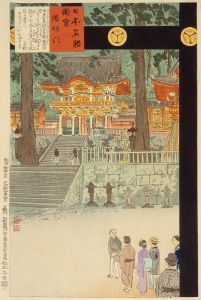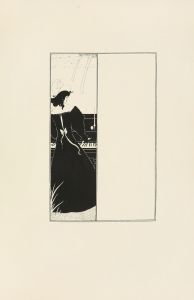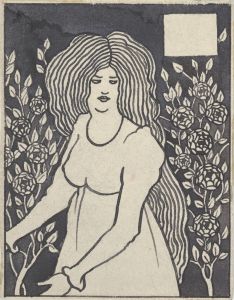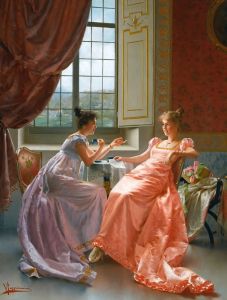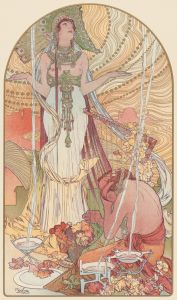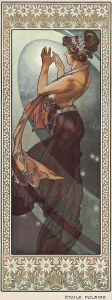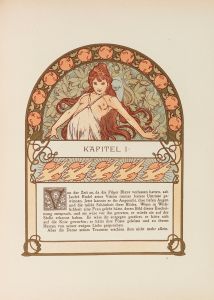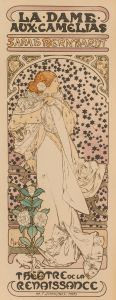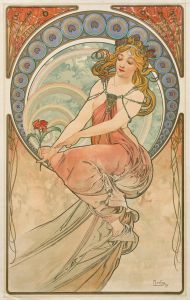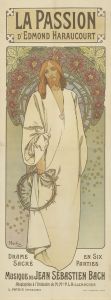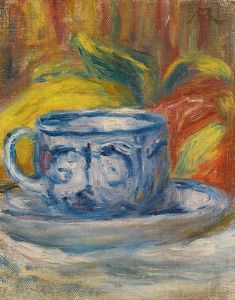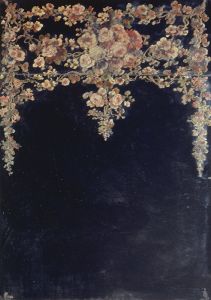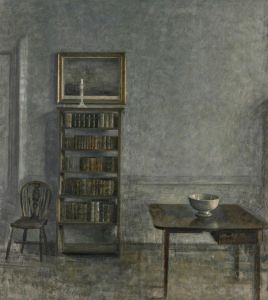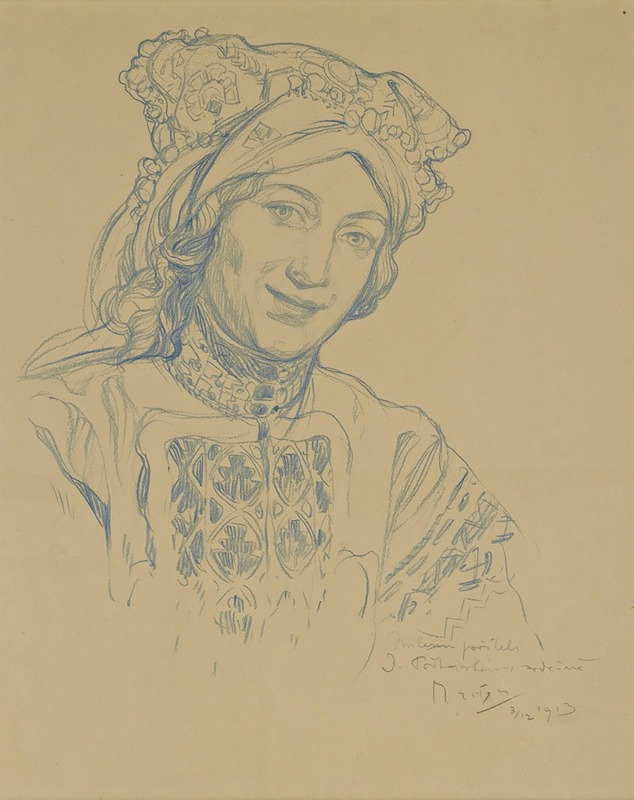
Young woman with folk headdress
A hand-painted replica of Alphonse Mucha’s masterpiece Young woman with folk headdress, meticulously crafted by professional artists to capture the true essence of the original. Each piece is created with museum-quality canvas and rare mineral pigments, carefully painted by experienced artists with delicate brushstrokes and rich, layered colors to perfectly recreate the texture of the original artwork. Unlike machine-printed reproductions, this hand-painted version brings the painting to life, infused with the artist’s emotions and skill in every stroke. Whether for personal collection or home decoration, it instantly elevates the artistic atmosphere of any space.
Alphonse Mucha, a renowned Czech artist, is celebrated for his distinctive style that became synonymous with the Art Nouveau movement. One of his notable works is "Young Woman with Folk Headdress," which exemplifies his unique approach to art that blends intricate detail with a harmonious composition. Mucha's work often features idealized female figures, and this piece is no exception, showcasing his ability to capture beauty and elegance.
"Youth Woman with Folk Headdress" is a testament to Mucha's fascination with Slavic culture and his dedication to portraying it through his art. The painting features a young woman adorned with a traditional folk headdress, a common element in Slavic attire, which is richly detailed and vibrant. This headdress is not merely an accessory but a symbol of cultural identity and heritage, reflecting Mucha's pride in his roots and his desire to celebrate them through his work.
Mucha's technique in this painting is characterized by his use of soft, flowing lines and a delicate color palette, which are hallmarks of the Art Nouveau style. The lines guide the viewer's eye across the composition, creating a sense of movement and life. The colors, often muted yet warm, enhance the ethereal quality of the subject, making her appear almost otherworldly. This approach not only highlights the beauty of the woman but also elevates the cultural elements she embodies.
The background of the painting is typically Mucha, featuring ornamental patterns that complement the central figure without overwhelming her. These patterns often draw inspiration from natural forms, such as flowers and leaves, which are stylized to fit the overall aesthetic of the piece. This integration of natural motifs is a common theme in Mucha's work, reflecting his belief in the harmony between humanity and nature.
Mucha's portrayal of women in his art has been a subject of much discussion. He often depicted them as strong yet graceful figures, embodying both beauty and intellect. In "Young Woman with Folk Headdress," the subject's serene expression and poised demeanor suggest a quiet strength and dignity. This representation aligns with Mucha's broader artistic vision, which sought to elevate the status of women in art and society.
The cultural significance of "Young Woman with Folk Headdress" extends beyond its aesthetic appeal. It serves as a visual narrative of Slavic traditions and the role of women within them. By incorporating traditional elements into his work, Mucha not only preserved these cultural symbols but also introduced them to a broader audience, fostering appreciation and understanding.
Alphonse Mucha's legacy as a pioneer of the Art Nouveau movement is firmly established, and "Young Woman with Folk Headdress" is a fine example of his artistic philosophy. The painting encapsulates his dedication to beauty, culture, and the celebration of the human spirit. Through his work, Mucha continues to inspire and captivate audiences, leaving an indelible mark on the world of art.





